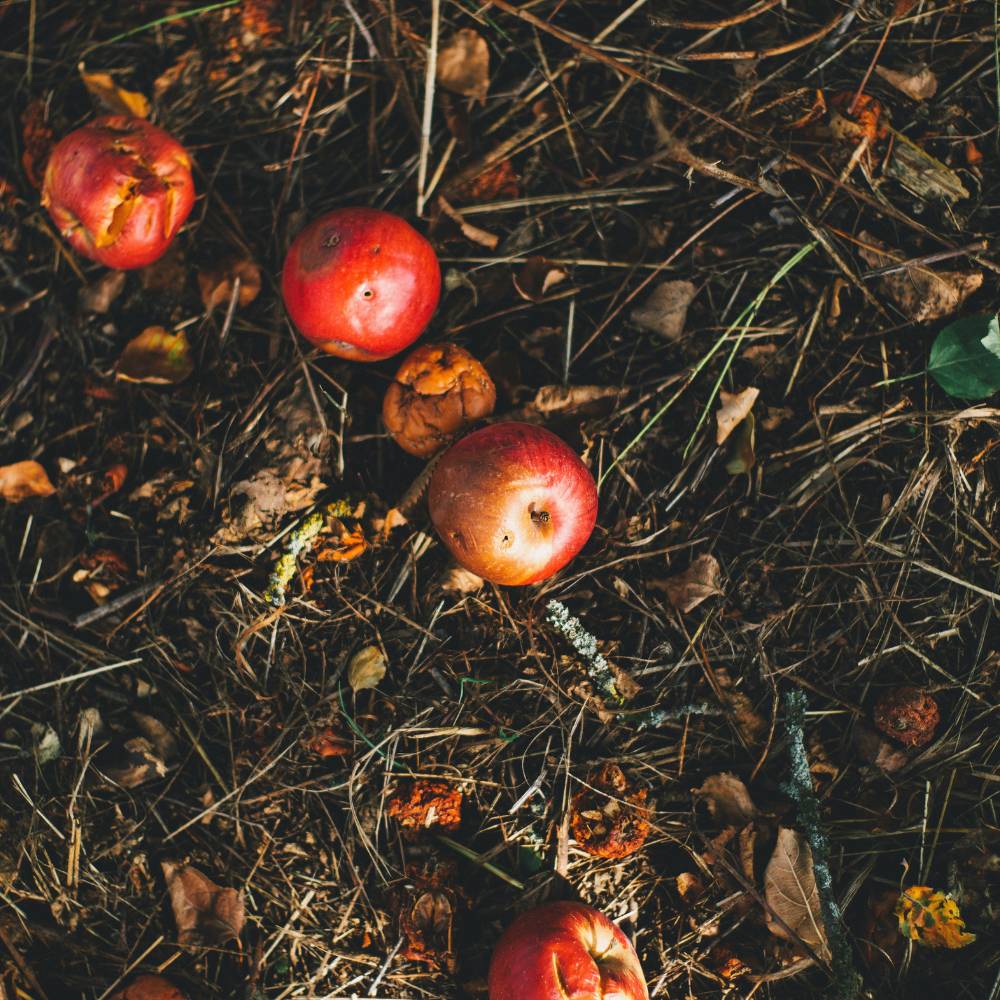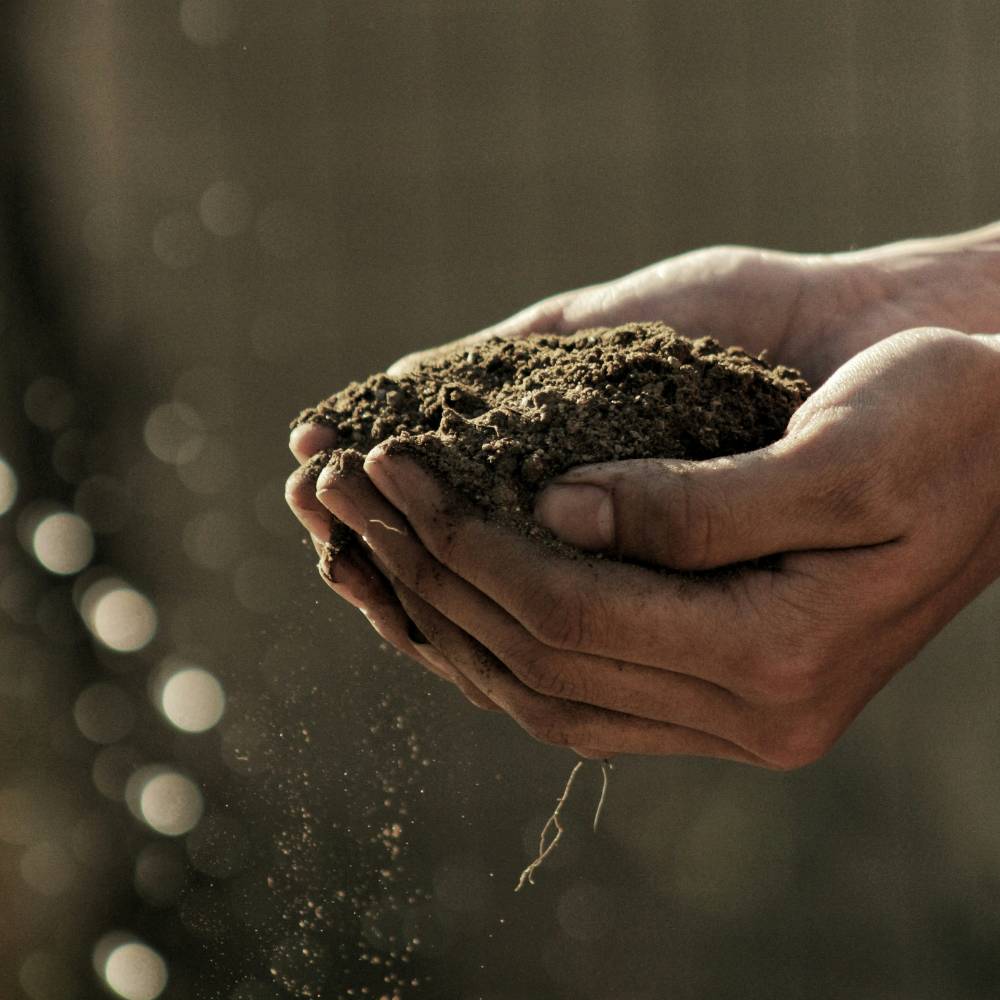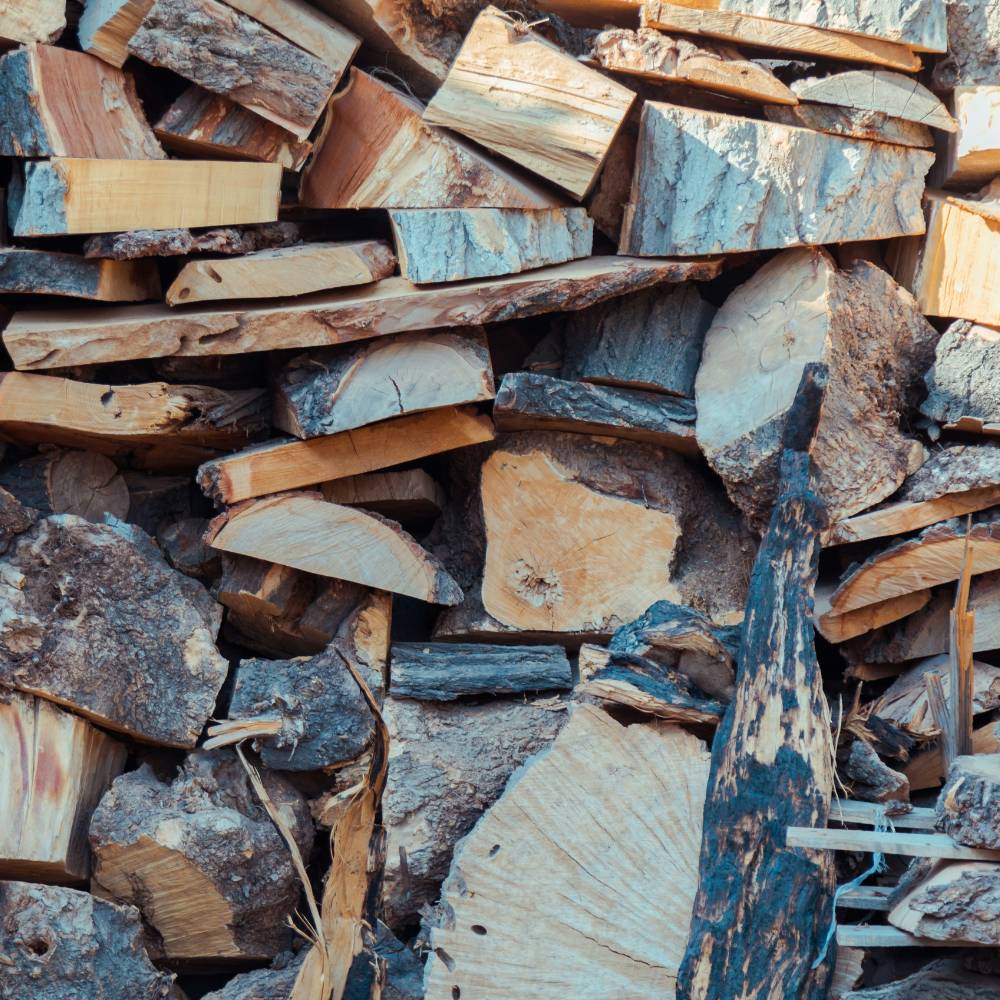At Salish Soils, we believe that the ordinary holds extraordinary potential. Through innovative processes and a deep commitment to sustainability, we transform everyday waste into products that nourish the earth and support a thriving future. Through every transformation, our mission remains the same—to unlock the magic within waste and shape a more sustainable world. At Salish Soils, we don’t just process waste—we turn it into wonder.
Food Waste from across the Sunshine Coast is given new life as rich, Class A compost. After collection from the Town of Gibsons, District of Sechelt, Sunshine Coast Regional District, and the shíshálh Nation we transport the waste to Salish Soils for processing.
Here, it is mixed with ground green waste (as a carbon source) and water, placed in aerated channels, and covered with a Gore membrane. The mixture is monitored to maintain 55°C for at least three days, meeting British Columbia’s Organic Matter Recycling Regulation (OMRR) to kill weed seeds and pathogens. After three weeks, the compost is turned to reintroduce oxygen, with water added if needed. It remains in the bay for another three weeks before being moved to curing piles for at least five months. Once cured, it is screened to remove large debris and contaminants, completing the six-month process to produce Class A compost. This compost is sold as Food Compost and used to create Garden Soil.
Food Waste from across the Sunshine Coast is given new life as rich, Class A compost. After collection from the Town of Gibsons, District of Sechelt, Sunshine Coast Regional District, and the shíshálh Nation we transport the waste to Salish Soils for processing.
Here, it is mixed with ground green waste (as a carbon source) and water, placed in aerated channels, and covered with a Gore membrane. The mixture is monitored to maintain 55°C for at least three days, meeting British Columbia’s Organic Matter Recycling Regulation (OMRR) to kill weed seeds and pathogens. After three weeks, the compost is turned to reintroduce oxygen, with water added if needed. It remains in the bay for another three weeks before being moved to curing piles for at least five months. Once cured, it is screened to remove large debris and contaminants, completing the six-month process to produce Class A compost. This compost is sold as Food Compost and used to create Garden Soil.
Biosolids, once a byproduct of wastewater, are reborn through our meticulous composting process. Salish Soils accepts biosolids from the Town of Gibsons and the District of Sechelt but does not process sludge from septic tanks or porta potties. Previously, these biosolids were either land-applied without further treatment or transported off the coast.
Our biosolids are mixed with ground green waste (as a carbon source) and water, then placed in aerated channels and covered with a Gore membrane. The mixture is monitored to maintain 55°C for at least three days, meeting British Columbia’s Organic Matter Recycling Regulation (OMRR). After two weeks, the compost is turned to reintroduce oxygen, with water added if needed. It remains in the bay for another two weeks before curing for at least five months. Once cured, it is screened to remove large debris and contaminants, completing the six-month process to produce Class A compost.
The resulting Biosolids Compost is blended with sand to create Bio Soil, which is designed for lawns and turf seeding. Salish Soils continues to innovate and is exploring the development of a garden soil using biosolids compost.
Biosolids, once a byproduct of wastewater, are reborn through our meticulous composting process. Salish Soils accepts biosolids from the Town of Gibsons and the District of Sechelt but does not process sludge from septic tanks or porta potties. Previously, these biosolids were either land-applied without further treatment or transported off the coast.
Our biosolids are mixed with ground green waste (as a carbon source) and water, then placed in aerated channels and covered with a Gore membrane. The mixture is monitored to maintain 55°C for at least three days, meeting British Columbia’s Organic Matter Recycling Regulation (OMRR). After two weeks, the compost is turned to reintroduce oxygen, with water added if needed. It remains in the bay for another two weeks before curing for at least five months. Once cured, it is screened to remove large debris and contaminants, completing the six-month process to produce Class A compost.
The resulting Biosolids Compost is blended with sand to create Bio Soil, which is designed for lawns and turf seeding. Salish Soils continues to innovate and is exploring the development of a garden soil using biosolids compost.
Wood Waste, whether clean or contaminated, is not forgotten. We process and redirect it. Both clean and contaminated construction waste is ground up with a 5710 Petersen grinder which is equipped with a magnet to remove all metal such as screws, nails, and staples. Clean wood waste is taken to the Howe Sound Pulp and Paper where they burn the wood waste in their energy efficient boiler for power and steam generation. Contaminated wood waste is transported to the landfill to use as cover material in their landfill operations.
Wood Waste, whether clean or contaminated, is not forgotten. We process and redirect it. Both clean and contaminated construction waste is ground up with a 5710 Petersen grinder which is equipped with a magnet to remove all metal such as screws, nails, and staples. Clean wood waste is taken to the Howe Sound Pulp and Paper where they burn the wood waste in their energy efficient boiler for power and steam generation. Contaminated wood waste is transported to the landfill to use as cover material in their landfill operations.


